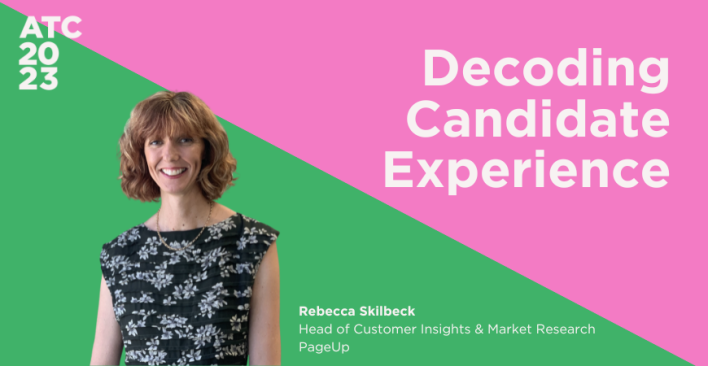Improving Your Candidate Experience With Assessment

Candidate experience is extremely important. When it comes to recruitment, candidates are assessing your organisation just as much as you are assessing them. As we all know, candidates often apply to many different organisations, so attraction doesn’t stop when they’ve applied, it continues throughout the assessment process. Indeed, assessment should be part of your attraction strategy, not a separate process.
Assessment As Part Of The Experience
Candidates want assessments to be engaging – fun, short, interesting, and consistent with your values. They want to be able to learn more about your organisation and what you stand for, so that they can work out which organisation is the best fit for them. And as with everything, actions speak louder than words. You can tell them all you want about being an innovative organisation, but are you showing your innovation through your assessment process? If you’re still doing phone screens rather than video interviews, and are using outdated, clunky online assessments, perhaps you should consider what message this sends to your candidates.
Gamification is one way to make assessments more engaging and fun for candidates, and has definitely been one of the hot topics in assessment over the past couple of years. They’re fun, engaging, and give candidates a positive experience. But getting a customised assessment game for your organisation can be very expensive, hence why there are a number of off the shelf options available.
Realistic Job Preview = Budget Friendly Gamification
One innovative way to get cost effective customised gamification for your organisation is through using a realistic job preview (RJP). This is an optional, anonymous quiz that prospective candidates can complete prior to applying for the position.
The Sunglass Hut Candidate Experience

As a consumer brand, the candidate experience at Sunglass Hut is extremely important: a disgruntled candidate is a disgruntled customer.
The organisation decided to implement an RJT as a pre-application assessment, which their candidates can complete as many times as they want to, in order to get a better understanding of the role in the organisation.
Candidates are presented with a scenario that they are likely to be in on the job, and presented with three different possible responses. By embracing elements of gamification such as feedback and reward, the RJP provides Sunglass Hut candidates with insight into whether they are a good fit for the role, and are encouraged to apply if they select the best fit responses.
For the organisation, this simple fun preview, in conjunction with an SJT and personality profile resulted in an increase in the quality of hire and reduced the time to hire. For candidates it ensured they were getting an engaging experience and a honest view of the role.
So why would you use an RJP rather than a game?
1. It’s customised!
So it can reflect your organisation, the role, and your values, giving candidates a better understanding of what you’re all about, and what they could be doing on the job.
2. You get more bang for your buck.
We know you have tight budgets and you are always being pressured to get more for less. An RJP is a great way to get less applications overall, and those that you do receive are better suited to your role, saving you time and money. And as this is a first step in the process, you’re being proactive in ensuring you get better fit candidates from the outset.
3. Candidates get to determine how their data is used.
As an anonymous pre-application assessment, based on the feedback they receive candidates decide if they want to proceed with applying or not, rather than the organisation deciding for them.
4. Candidates get a feel for the job
Candidates can see the relevance of the RJP to the role, as it describes exactly what they’ll be doing on the job. Assessment games may be fun, but candidates don’t always understand what they’re being assessed on and how it is relevant to the job.
So it all comes down to the experience that you want to give to your candidates. Think about your assessment process, and how it represents your organisation. Is it engaging for candidates? Do they get to understand your organisation and what you’re all about? Is your assessment process part of your attraction strategy? What could you be doing differently to make sure that it is?
How Sunglass Hut Implemented Assessment As Part Of Their Attraction Strategy
Inari Saarinen, Organisational Development & Talent Business Partner at Sunglass Hut, and Prue Laurence, Managing Director of cut-e Australia, worked together to transform Sunglass Hut’s very manual hiring, with tremendous results. If you’re facing similar challenges, and looking to use assessment to improve your attraction strategy, find culturally aligned candidates, and gain real and measurable ROI for your efforts, you can listen to their discussion below.
Related articles
Leave a Reply
Sign up to our newsletter
Get a weekly digest on the latest in Talent Acquisition.
Deliver this goodness to my inbox!



